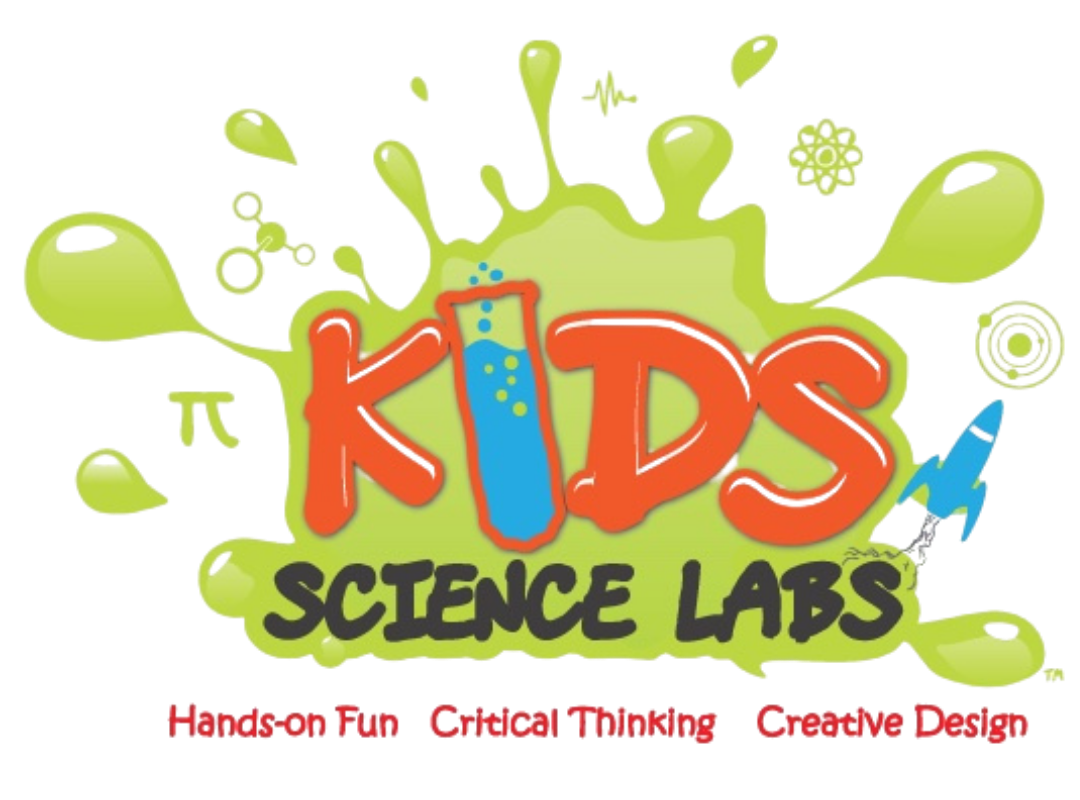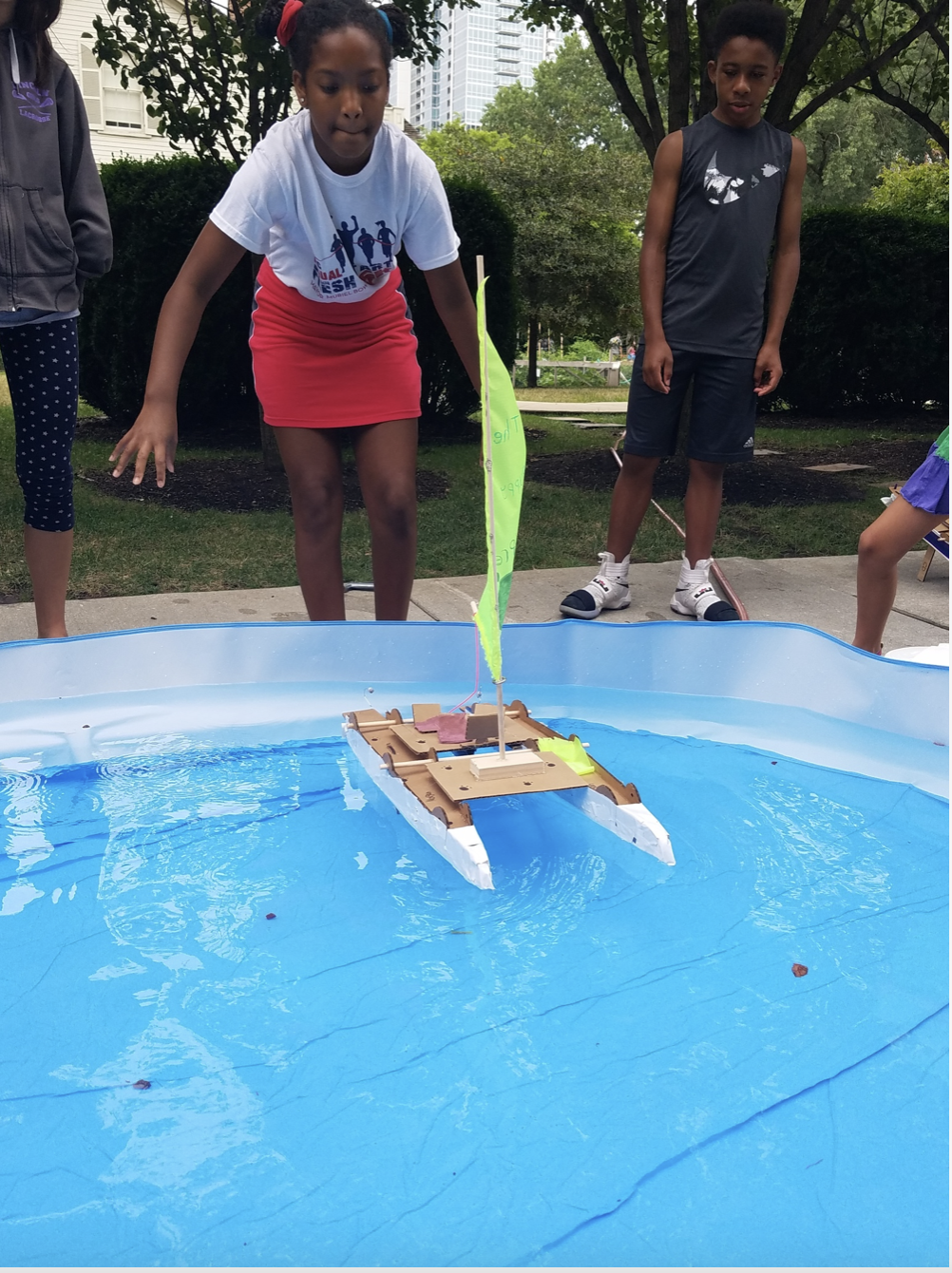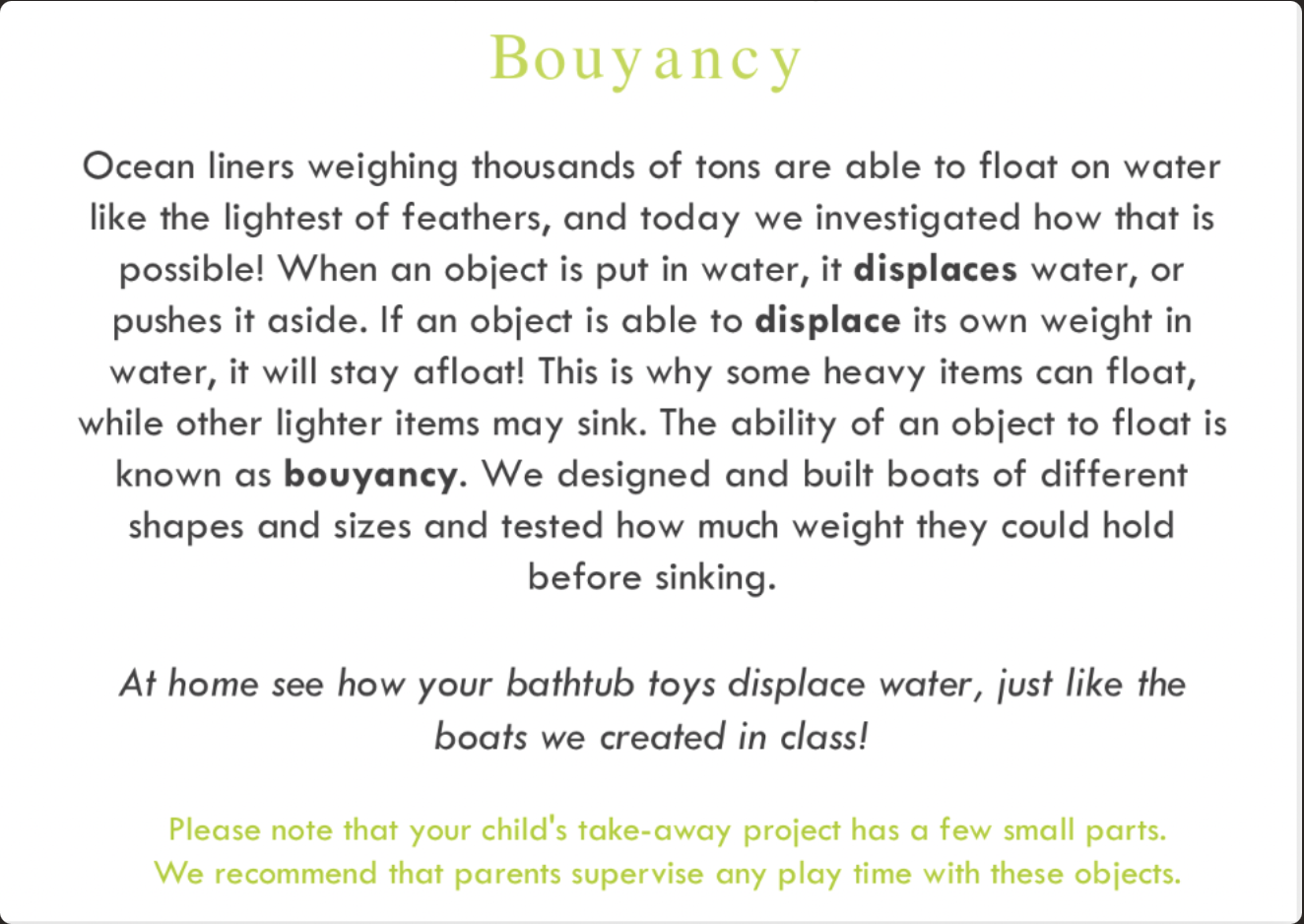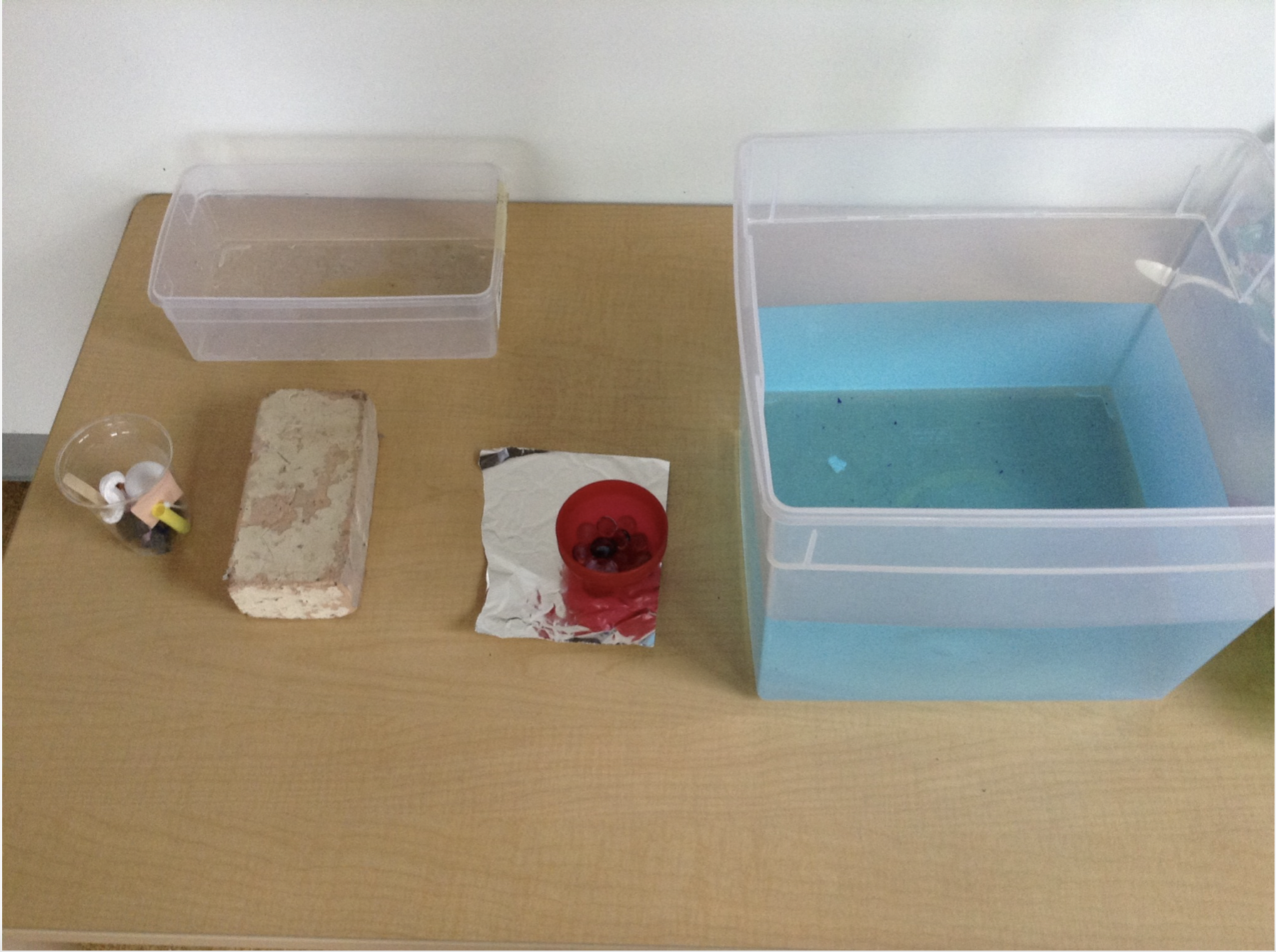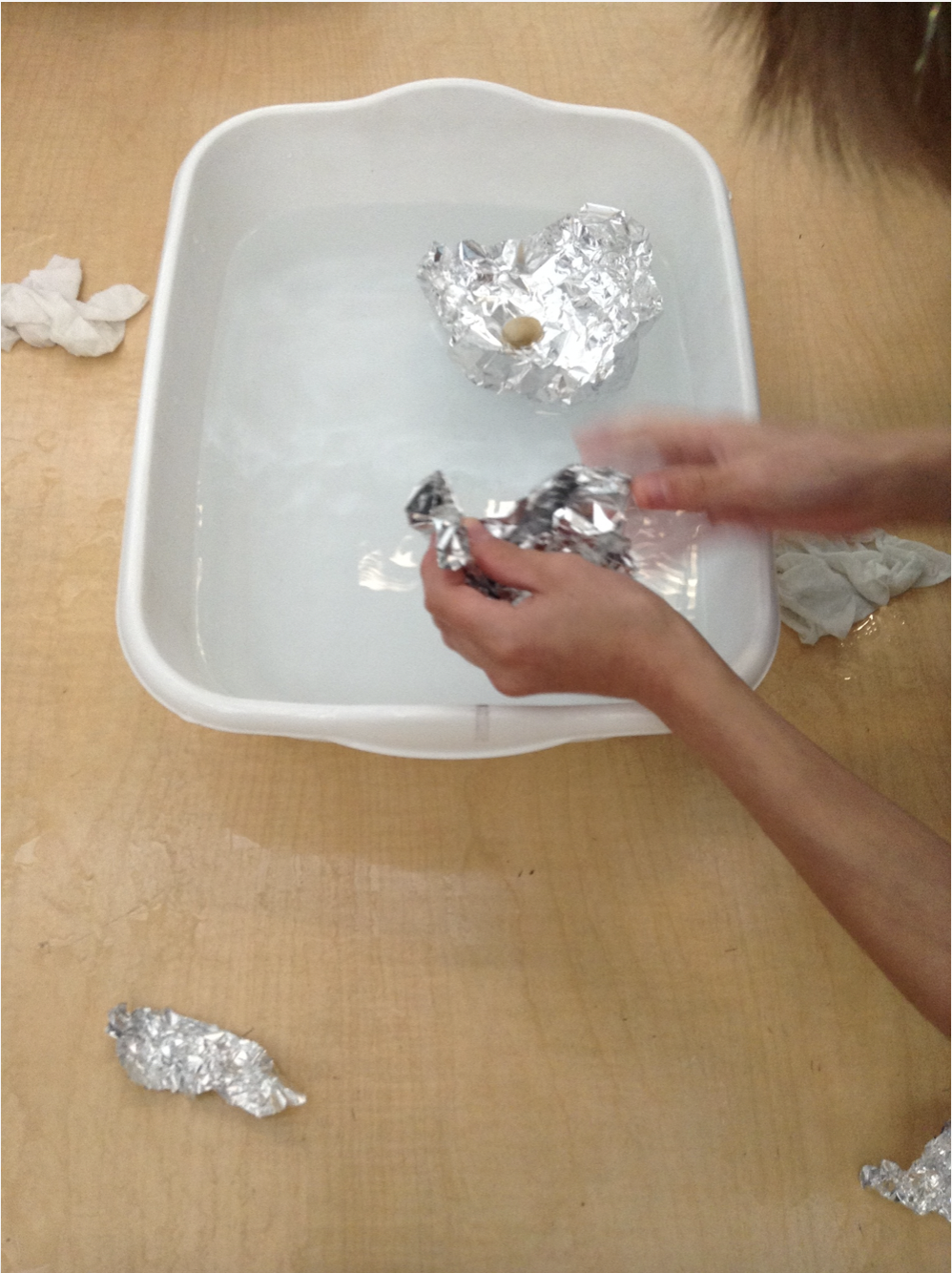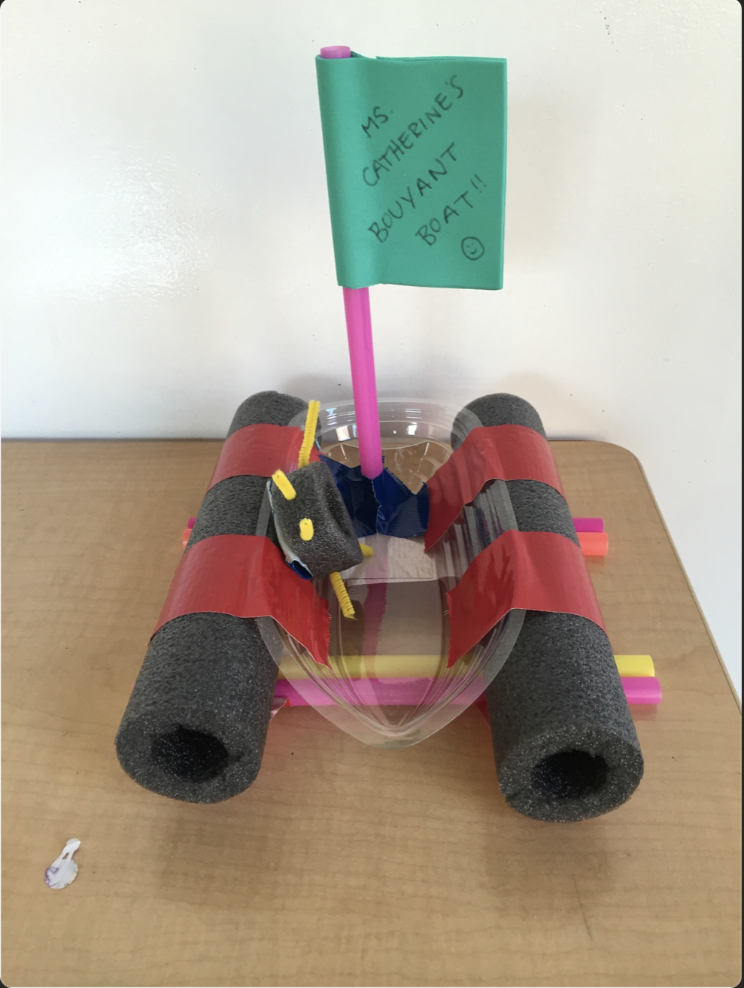What's Inside A Boat - Investigating Bouyancy and Water Displacement
Boats come in so many shapes, sizes, and types, but most kids don't know what’s inside the boat that makes them so buoyant or fast. Large ships are nearly 400 meters long and can carry nearly 25,000 shipping containers on one vessel….that is wild for kids to consider. On this day, we explored some basic science that underpins how boats work, by discovering buoyancy, water displacement and density.
What’s Inside Boats starts with the science of density, where our student scholars test objects of various density, to see whether they float or sink. While this experiment is indeed simple, its important to setup an experience for a child because regardless of density, all of these objects can be designed to eventually be buoyant, by adding other materials. In some centers, we demonstrate this with the “brick” test, where kids don’t think a brick can float….but of course it can, by displacing water using the same basic technology as a boat.
By filling the bottom with air, adjusting the shape, and using non-permeable less dense materials, we can take a bag of rocks and make them float. At Kids Science Labs, our students test materials for density and then use other basic materials (foams, foils, papers, plastics) to try to improve an objects buoyancy. Young scientists at KSL learned that while rocks are dense, they can still float using shapes, sizes, and other materials to create buoyancy.
Ultimately this led to a creative design challenge, where students were asked to innovate a STEM-powered boat that can carry cargo. Students were shown pictures of types of boats to inspire their own designs and for many of our students, we started the challenge by giving them boats that had a “hole” in the bottom, because teaching kids how to overcome obstacles is a major part of our brand of teaching science with grit.
A basic science boat that improves it cargo carrying capacity, using floatation systems to displace water
